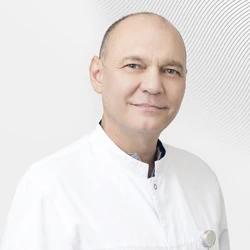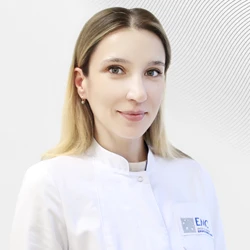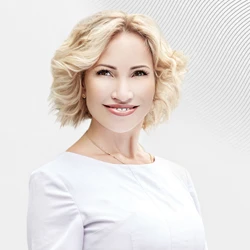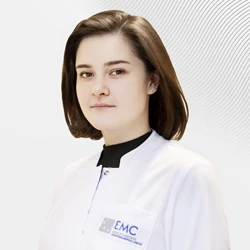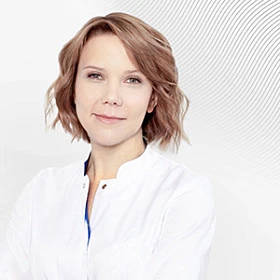It's no secret that steroid or so-called hormonal ointments are often used in the treatment of dermatological diseases. Not many people know that these drugs, when used for a long time or irrationally, can cause side effects in addition to their therapeutic effect, such as skin atrophy, decreased resistance to infections, addiction, and drug withdrawal syndrome (the development of symptoms or conditions that the drug was intended to eliminate). Of course, with the right appointment, such problems are practically nonexistent. However, in the case of frequently recurring skin diseases, the undesirable side effects of local therapy, even when used correctly, sometimes exceed the therapeutic ones. In the case of chronic dermatoses, external hormonal ointments with prolonged use can have a detrimental effect even on internal organs such as the liver and kidneys.
Today, thanks to the achievements of modern medicine, it is possible to significantly reduce the duration of treatment with hormonal ointments, and in some situations to abandon them altogether, especially in children's practice! This was made possible by phototherapy.
Everyone knows that in summer our skin becomes healthier and looks well-groomed. Dryness, cracks, irritation foci, even diseases such as eczema and neurodermatitis, inherent in the winter period, often go away without any treatment.
What is the secret?
It's all about the sunlight. This was noted in ancient times by such famous doctors as Hippocrates and Avicenna. The reason for the beneficial effect of the sun on human skin is ultraviolet (UV), which forms part of the spectrum of solar radiation reaching the Earth's surface along with visible light and infrared glow.
In the 20th century, scientists proved that ultraviolet radiation does have a beneficial effect on human health, but in certain dosages and a strictly limited range, while excessive exposure to short-wave and long-wave light waves can be harmful to health.
Thanks to this knowledge, scientists have designed a special cabin where a person can sunbathe without side effects, since it uses only the rays of the "useful" spectrum in dosages individually prescribed by an experienced doctor.
It is known that the most useful property of sunlight is its antibacterial effect. In addition, under the influence of ultraviolet radiation, fat-soluble vitamin D is formed in human skin, a lack of which can lead to a condition called "light starvation." Its physiological role is that it promotes the absorption of calcium, which is part of bones, participates in blood clotting, seals cell and tissue membranes, and regulates enzyme activity. All this strengthens the immune system and helps prevent rickets.
Phototherapy promotes tissue healing, reduces itching, dry skin, has anti-inflammatory, analgesic and desensitizing effects (reduces sensitivity to foreign substances). It is necessary in the treatment of skin diseases such as atopic dermatitis, psoriasis, eczema, vitiligo, lichen planus and pink lichen, parapsoriasis and many other dermatoses.
Thus, exposure to ultraviolet radiation is one of the most effective and safe methods of treating skin diseases and makes it possible to reduce or eliminate the use of steroid ointments and other medications.
At the EMC Dermatology and Allergology Clinic, you have an excellent opportunity to undergo phototherapy under the guidance of dermatologists, high-level professionals specializing in this field of medicine.
The Clinic's office at 7 Orlovsky Lane is open seven days a day, equipped with a new, modern photo booth for phototherapy for children and adults.
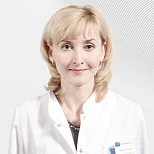






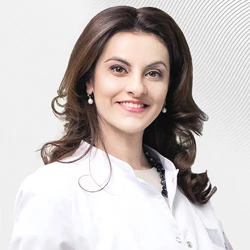
.webp)
.webp)
.webp)
